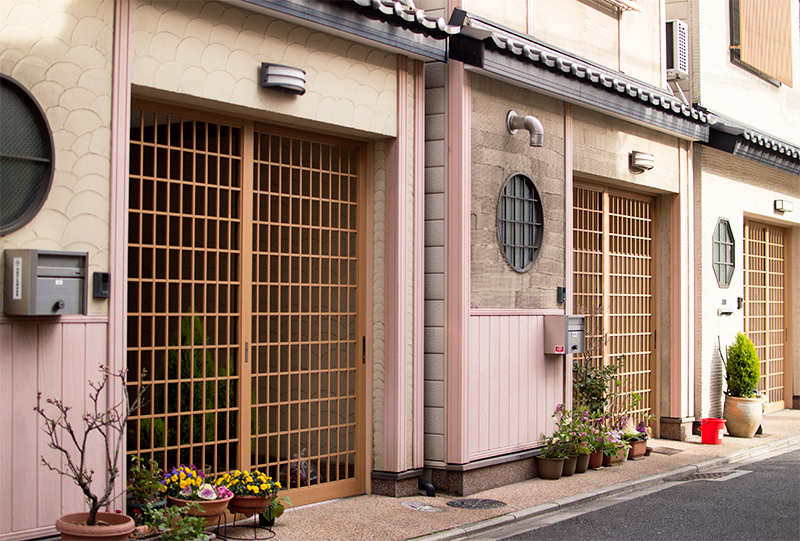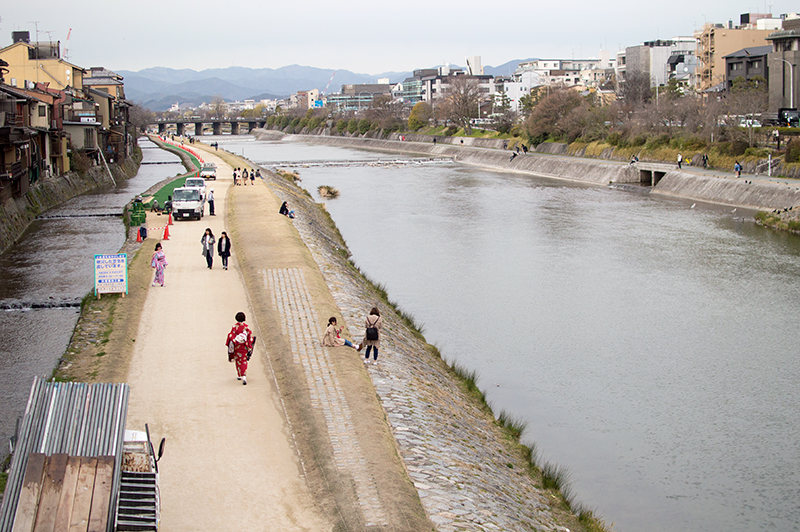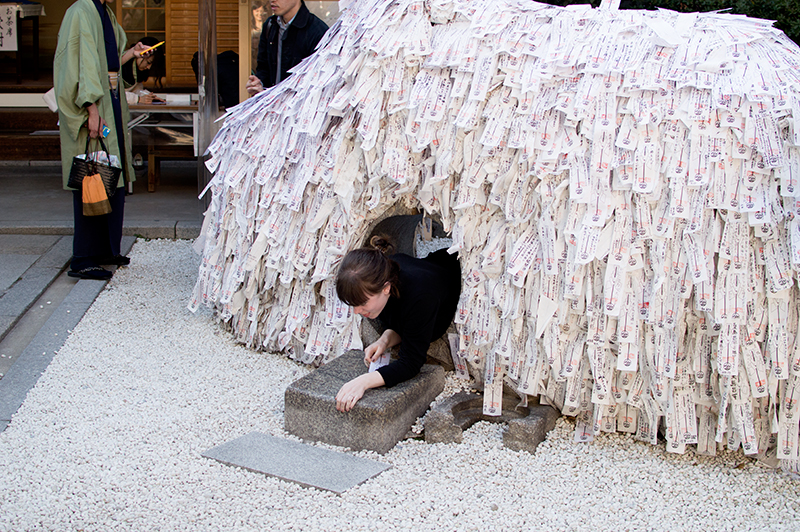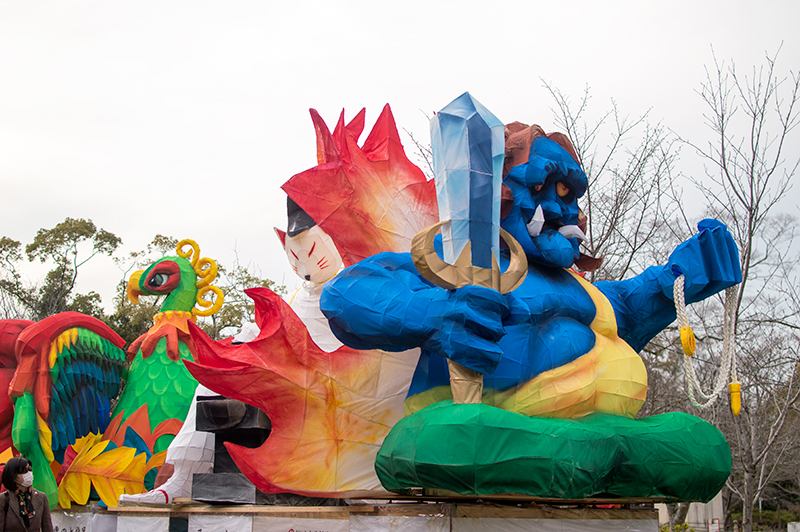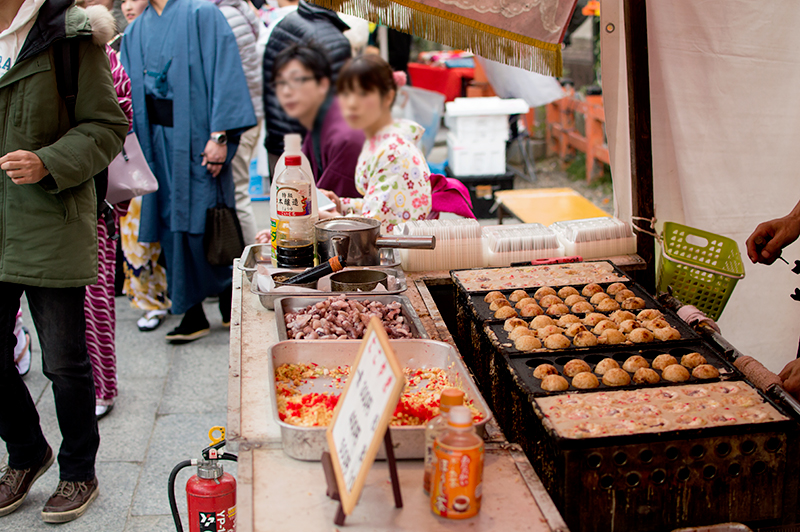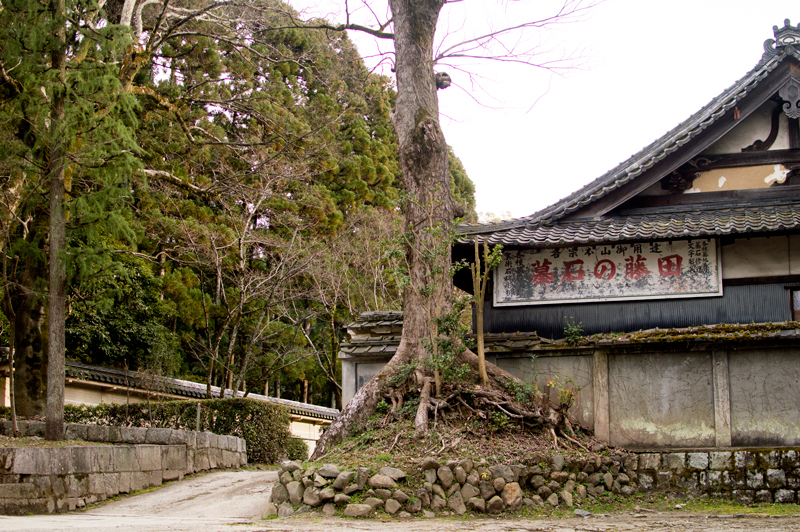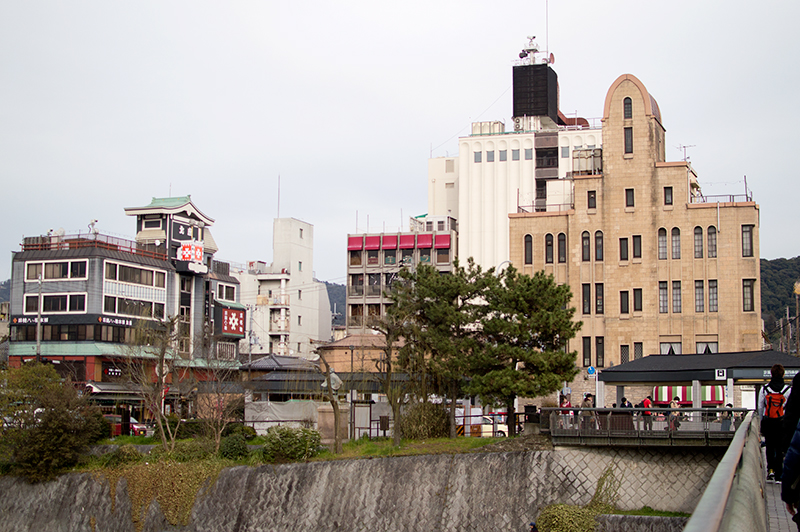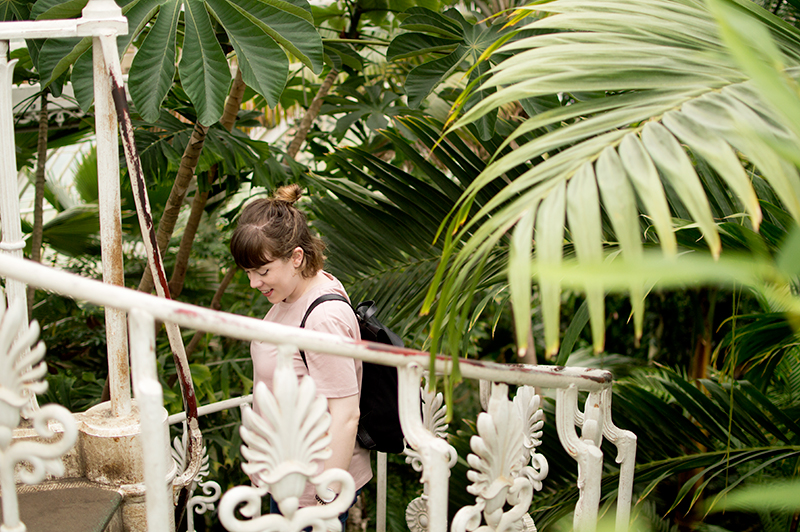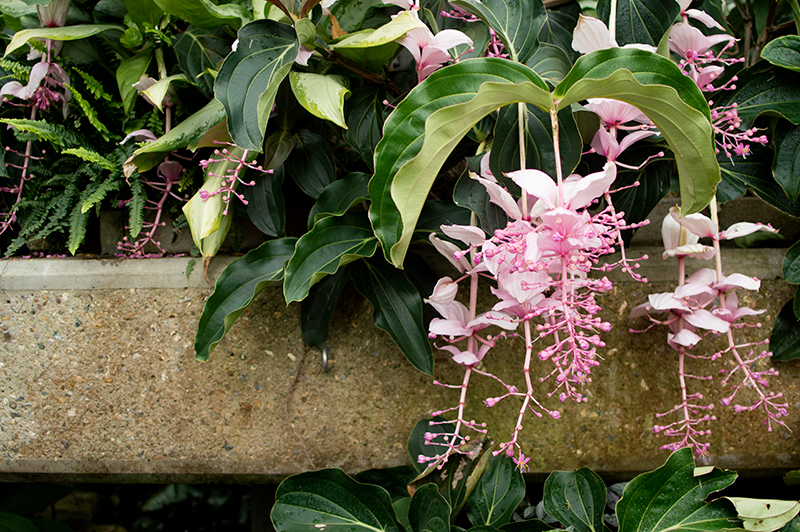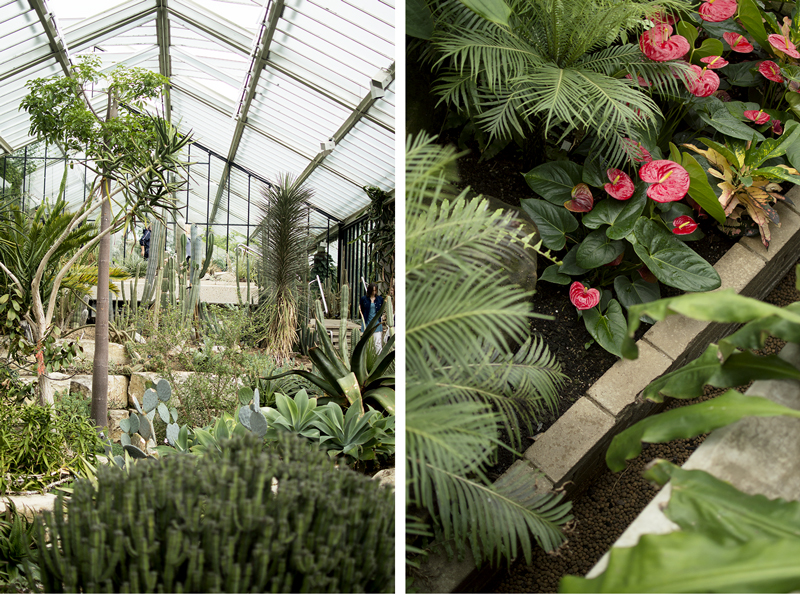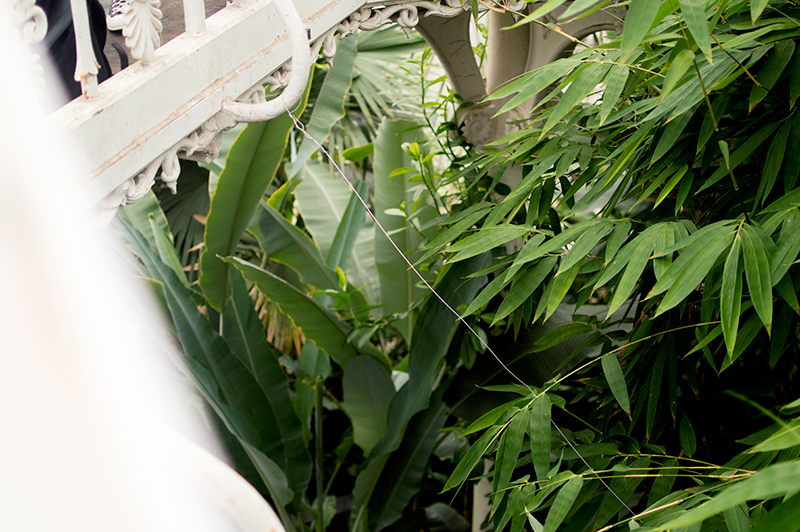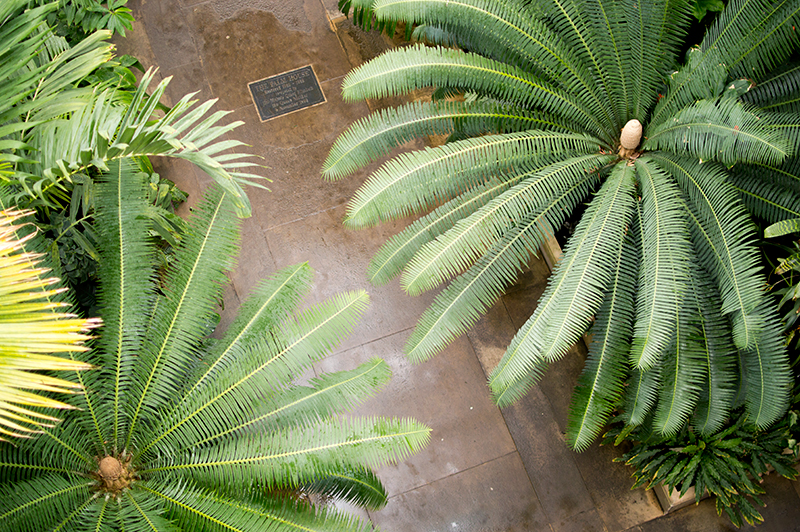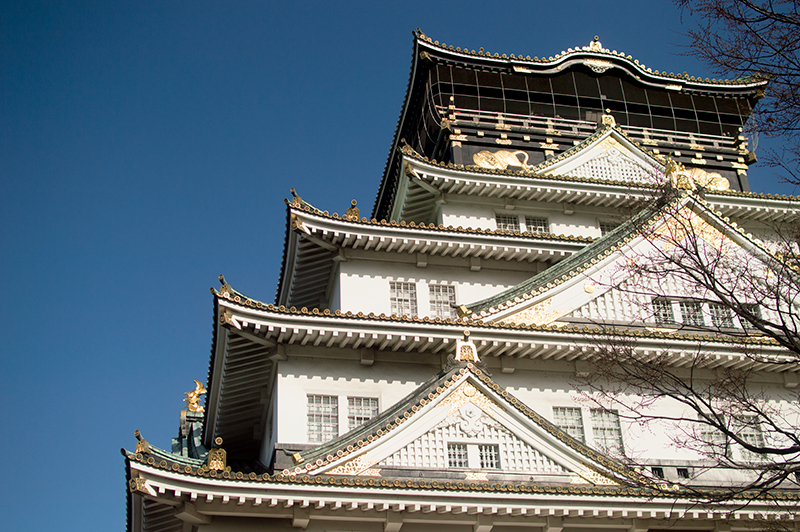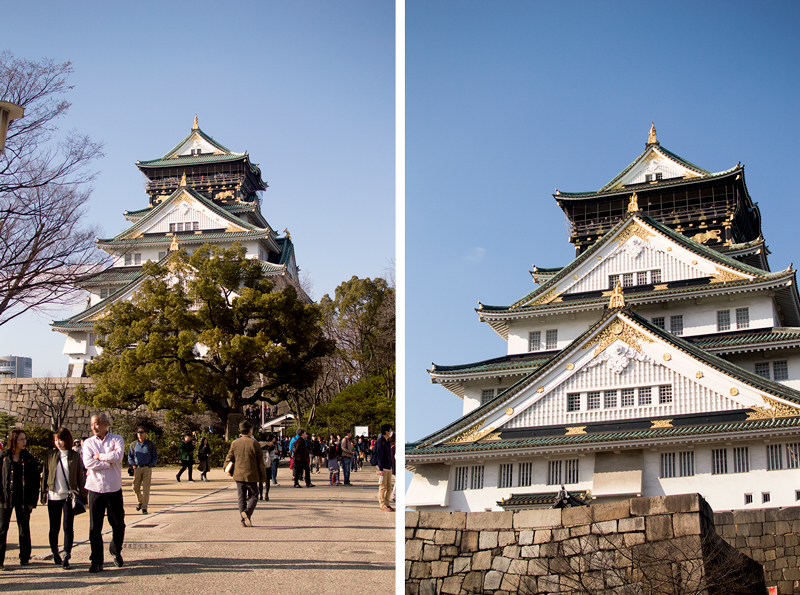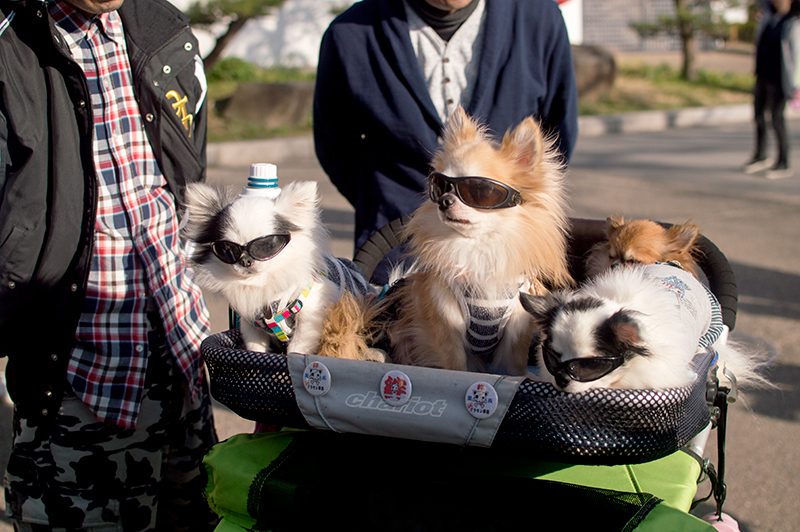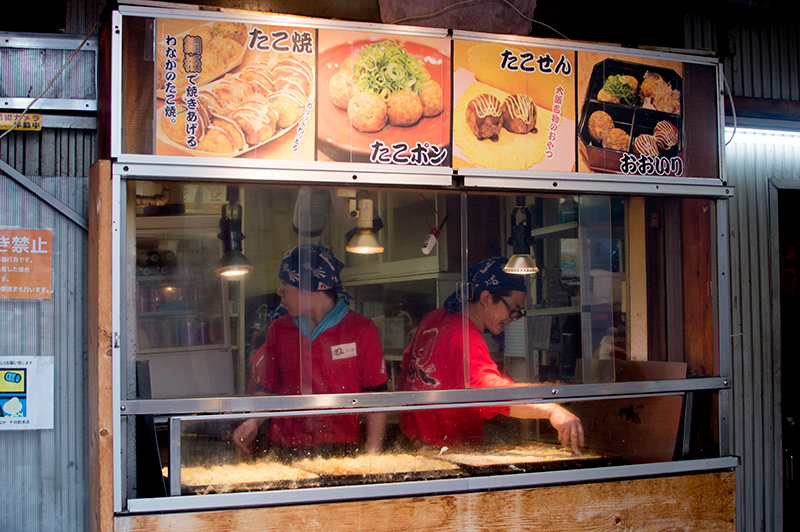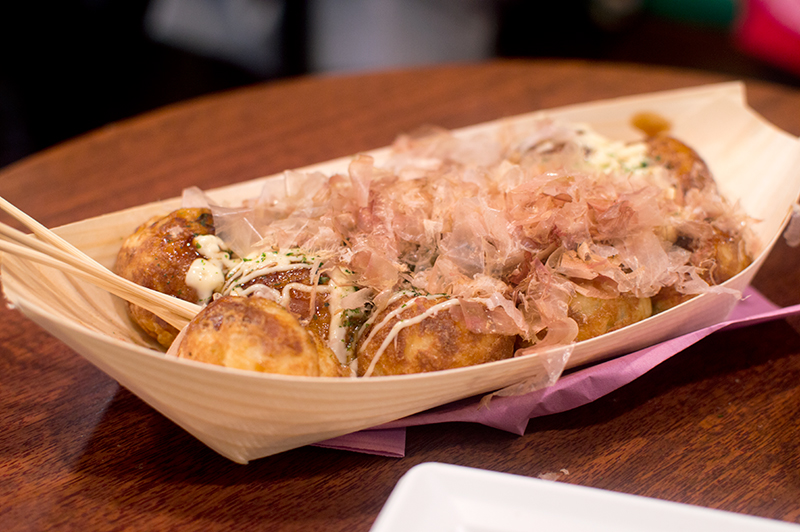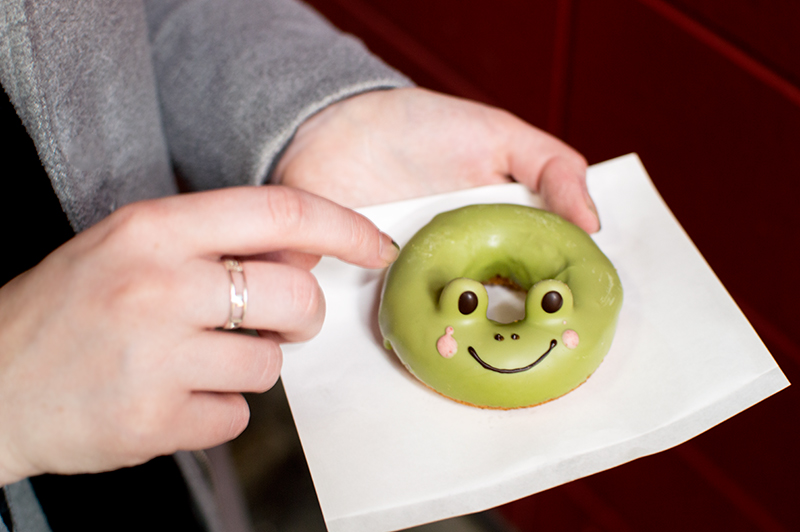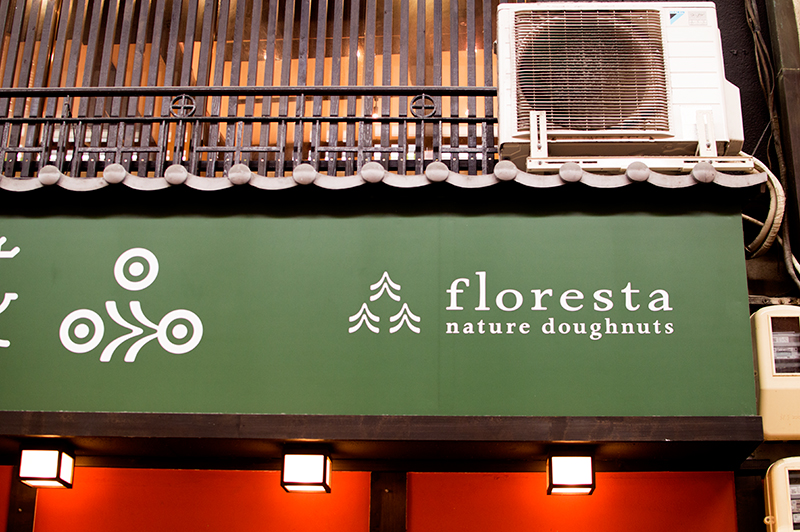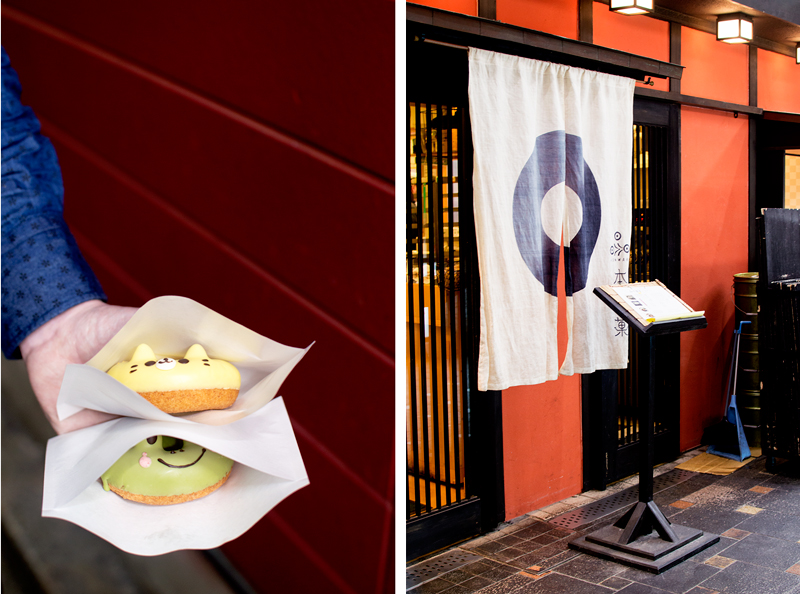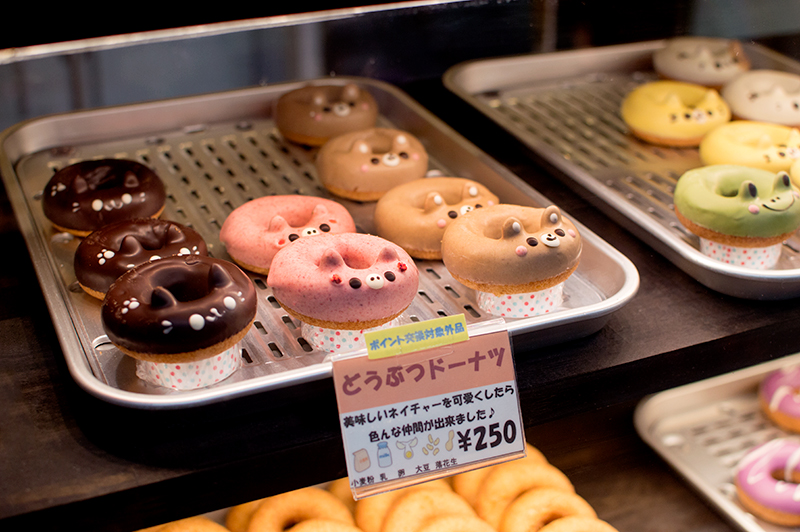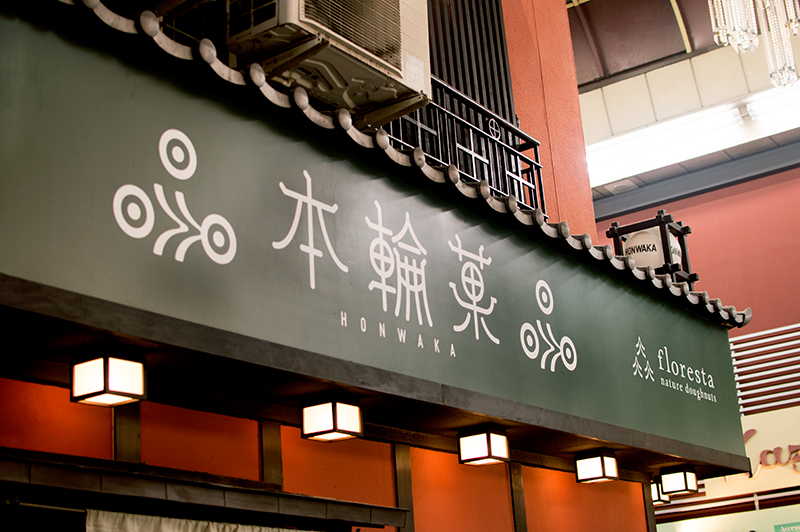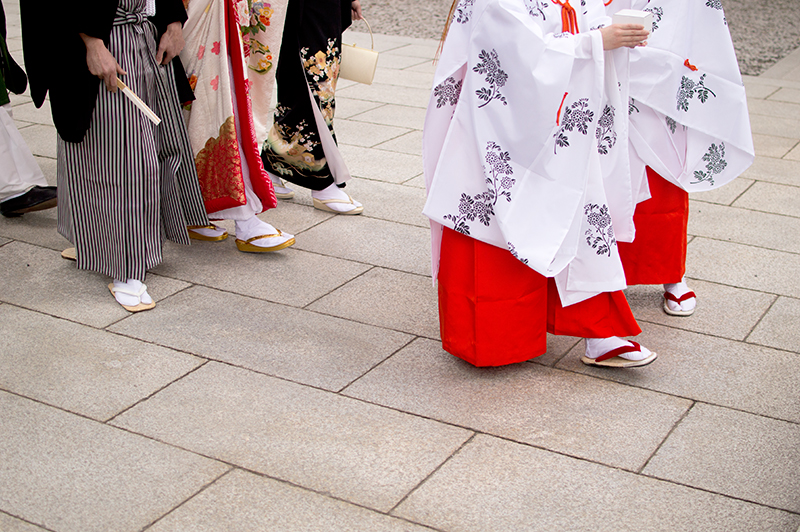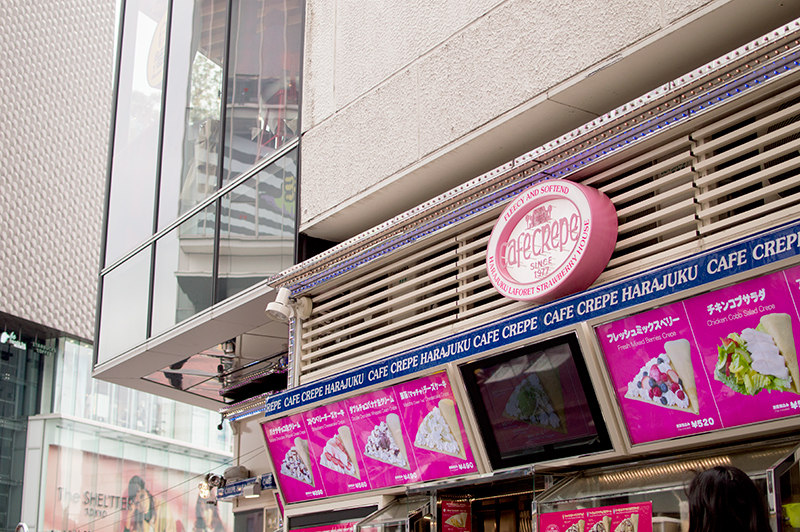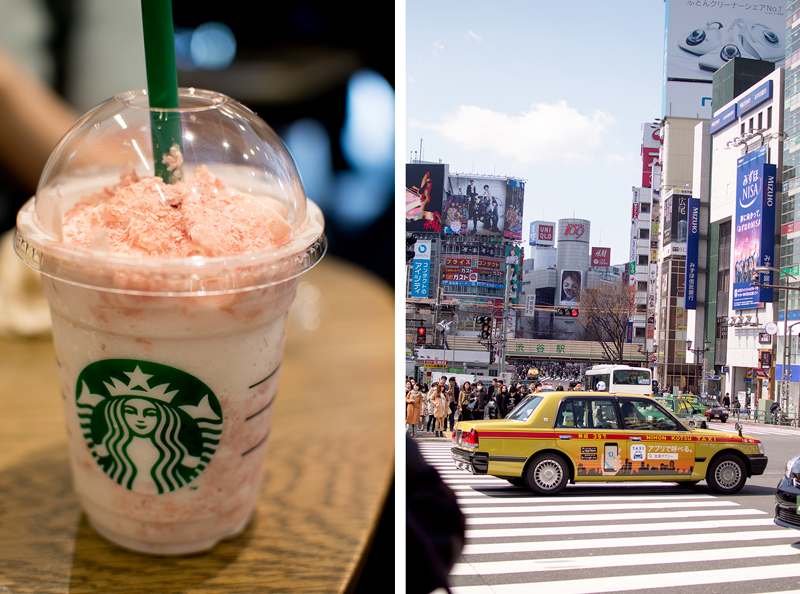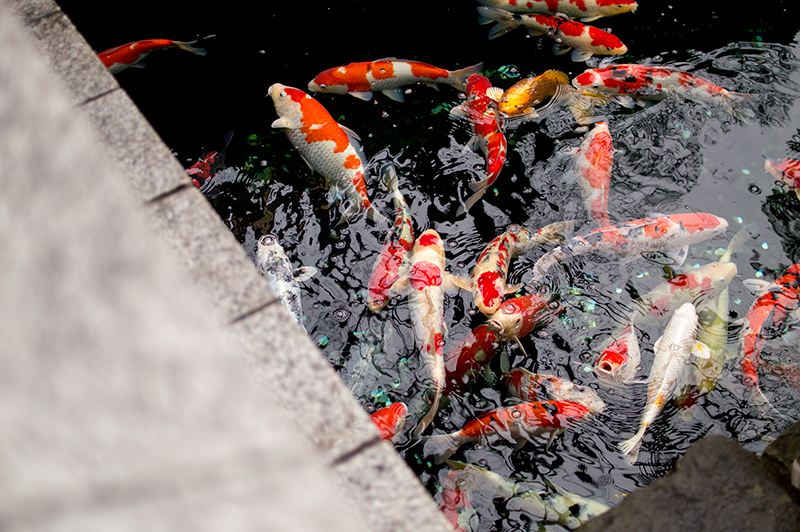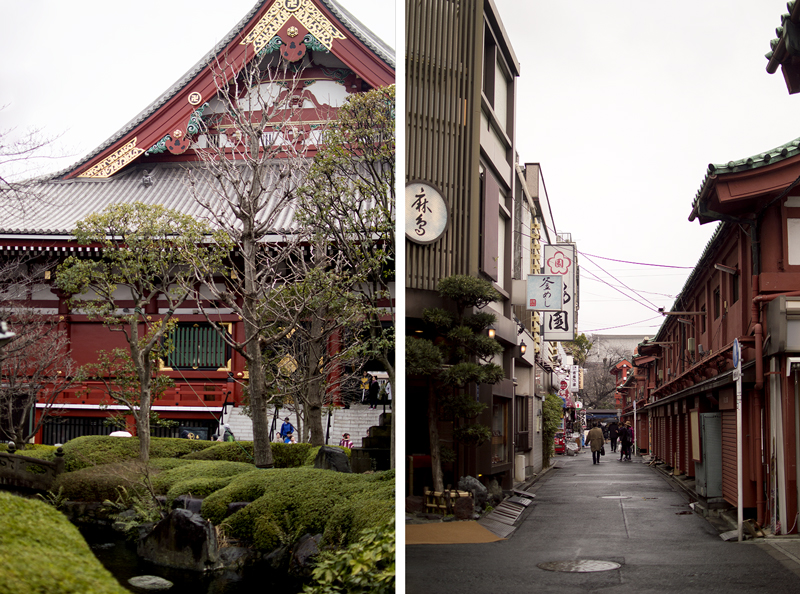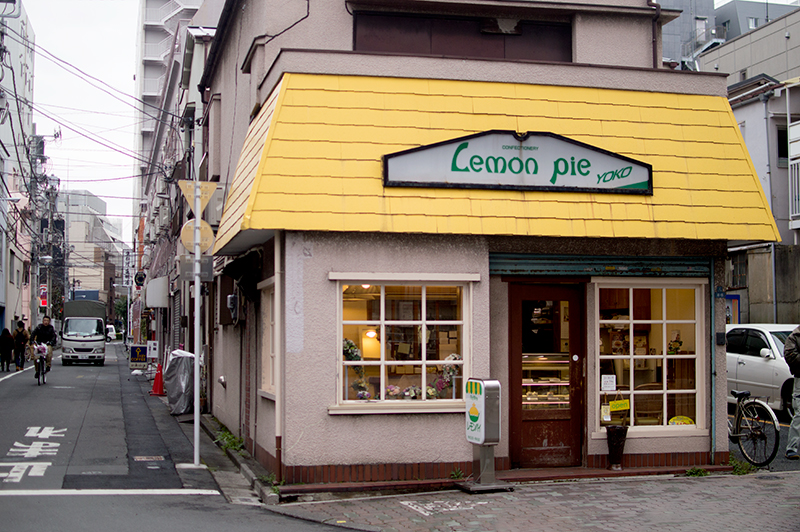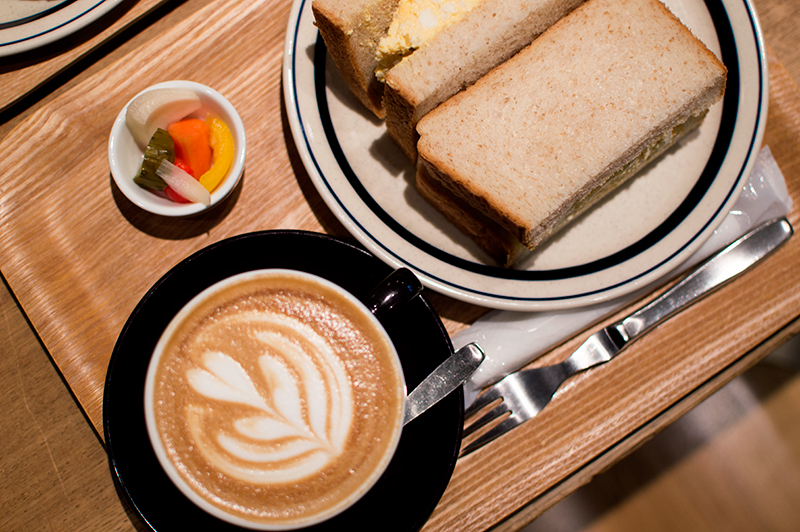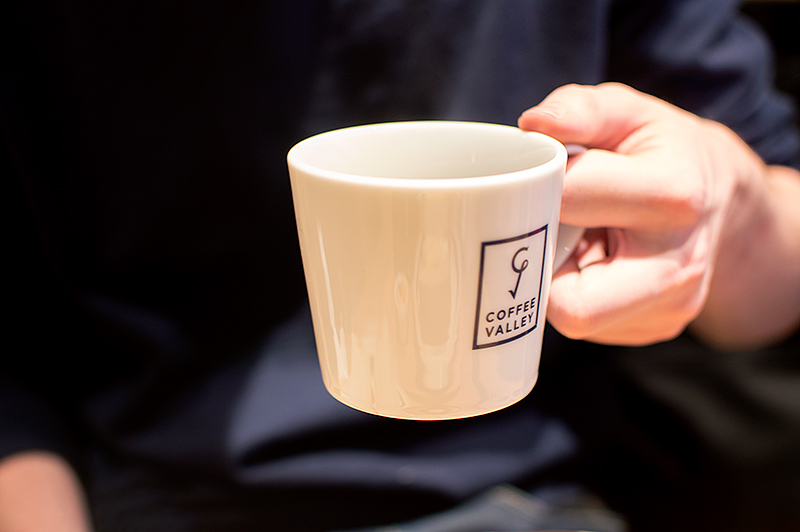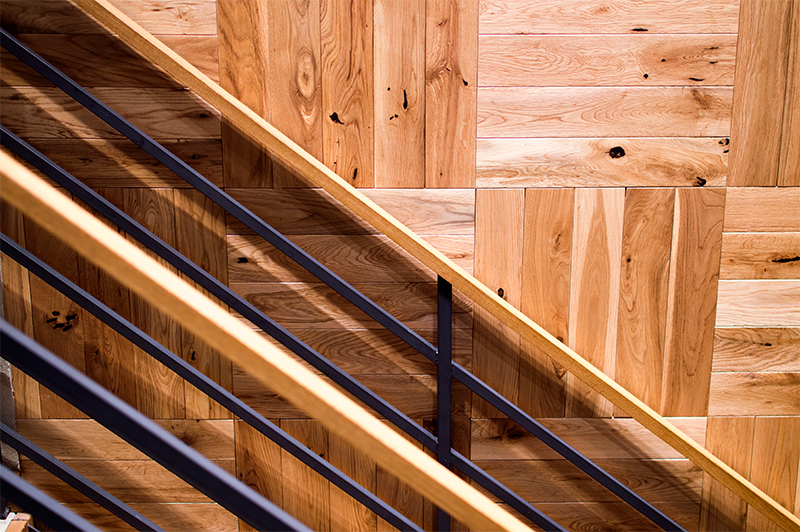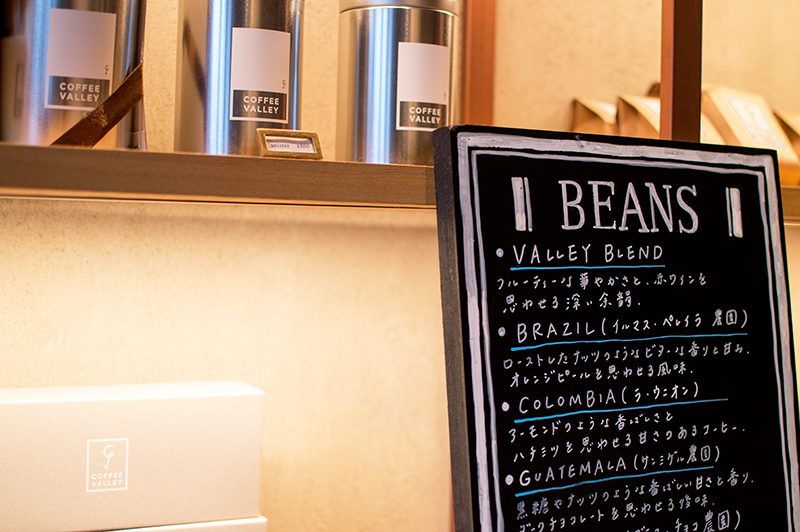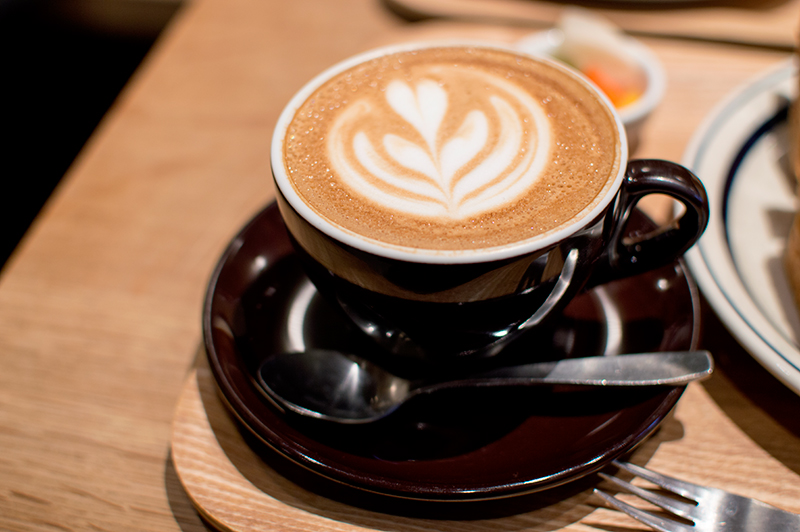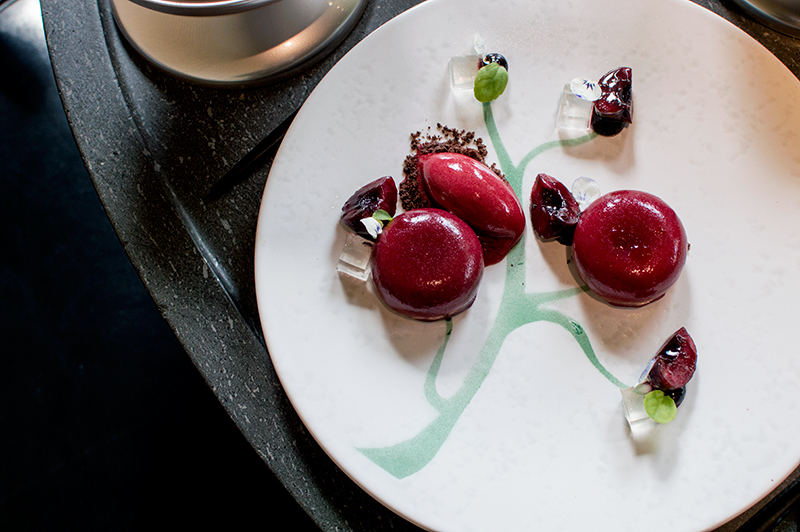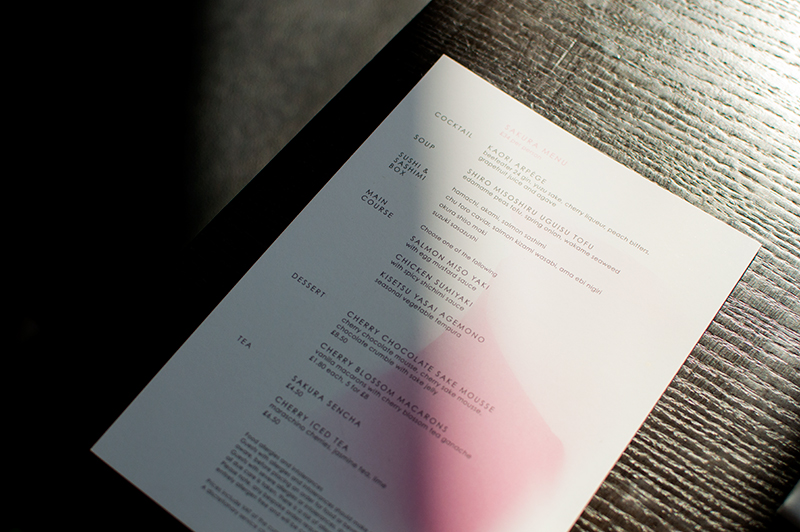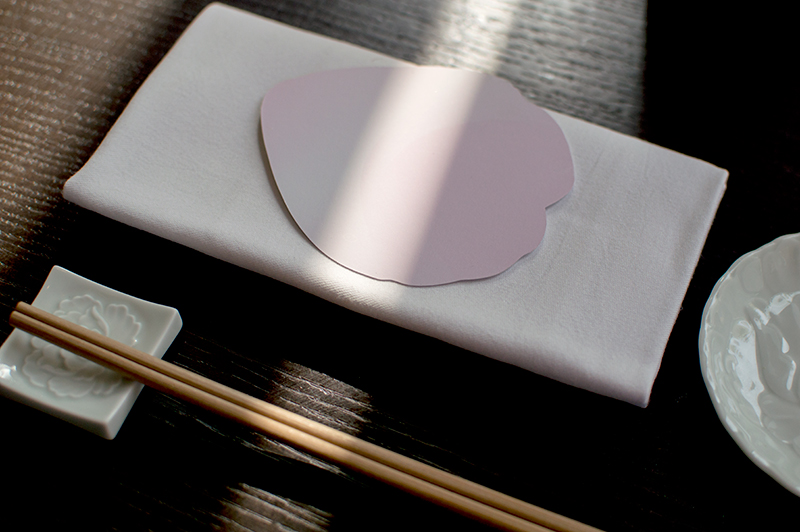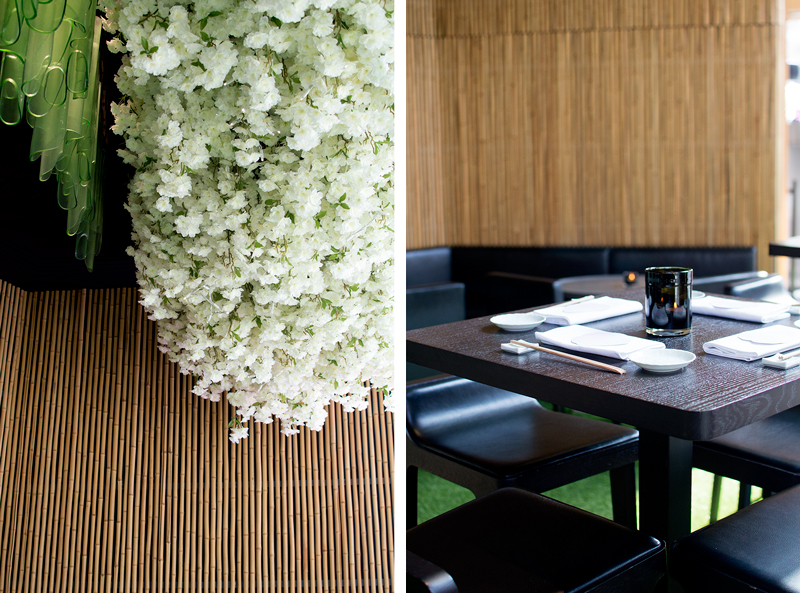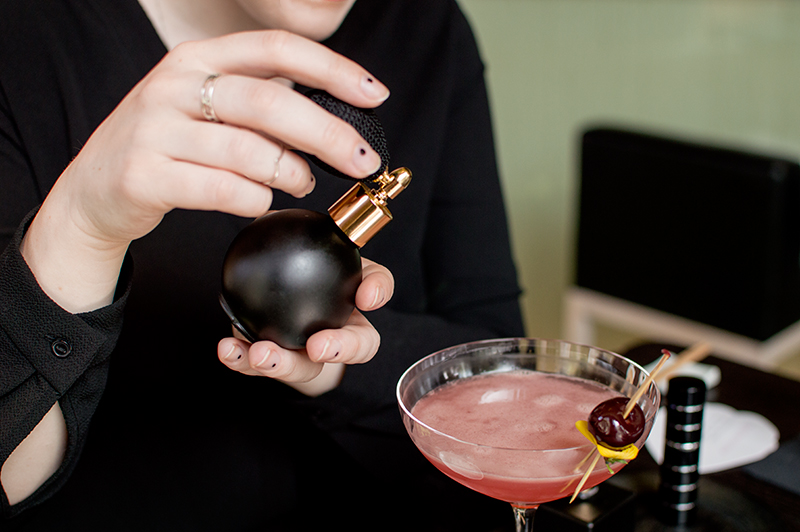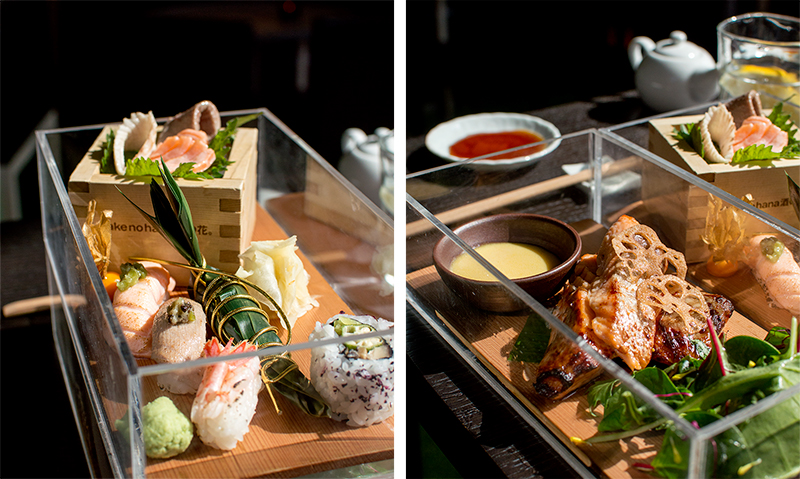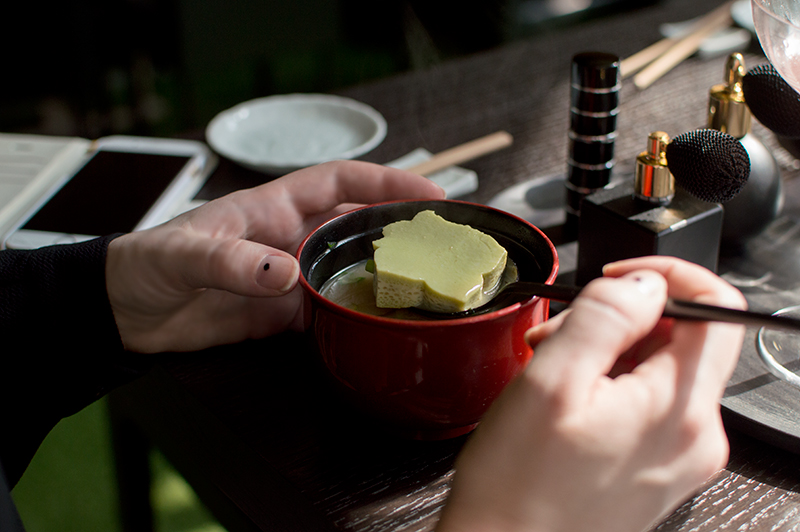 The Real Kyoto Experience | Japan Travel Diary
The Real Kyoto Experience | Japan Travel Diary
What do you think of when I say Kyoto? The streets of Gion? Geisha? Well more often than not, the “geisha” you’re taking a photo of is actually a tourist who has hired their kimono. My point here is that people come to Kyoto expecting to see “the real kyoto”, but they so often fall into the lure of travel guides and tourist traps. Sure there’s nothing wrong with doing all these things. You most certainly can do these things in Kyoto, and you should! It’s just a shame that most people don’t see more of this beautiful city. Much like Buckingham Palace and Big Ben are to London, Kyoto is so much more than Gion.
The Real Kyoto: What to see, and where to go
- Teramachi/Shinkyogoku Shopping Arcades – These covered shopping streets run alongside each other, and are packed full of interesting shops, restaurants, arcade centres and cafes.
- Shinkyogoku also houses a Floresta Doughnuts franchise – you know, the cute animal doughnut place. It’s definitely worth stopping by for a natural doughnut.
- Shrines and Temples in Kyoto – check out my guide for the best shrines and temples in Kyoto!
- Do a lot of walking! Kyoto has some beautiful alleys and back streets, packed full of culture and history.
- Minamiza Theatre – Fans of the traditional Japanese art form Kabuki, probably already know of Minamiza. This grand building sits at the top of Shijo-Ojhashi, and is the go-to stop for kabuki in Kyoto. Don’t worry, non-Japanese speakers can enjoy a show just as well as anyone else.
- Buy some matcha, duh! Whether it’s a gift, or for yourself, Kyoto is littered with matcha goodness.
- Kyoto Manga Museum – yes it is totally a thing, and it’s a must-visit for any manga fan.
- And finally, go for a walk around Gion and take a whole ton of photos. It’s beautiful, and you won’t regret it!
Well there you have it; my guide – albeit quick – to Kyoto. Feel free to share your favourite Kyoto locations in the comments!
Check out the rest of my Japan Travel Diaries (including Kyoto, Osaka and Tokyo) here.

